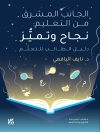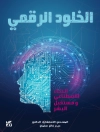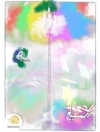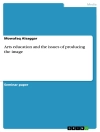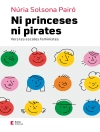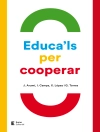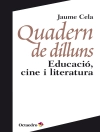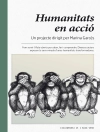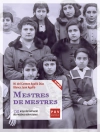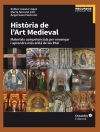This book offers new definitions, vocabularies and insights for “scribbling”, viewing it as a fascinating and revealing process shared by many different disciplines and practices. The book provides a fresh and timely perspective on the nature of mark making and the persistence of the gestural impulse from the earliest graphic marks to the most sophisticated artistic production. The typical treatment of scribbling in the literature of artistic development has cast the practice as a prelude to representation in drawing and writing, with only occasional acknowledgment of the continuing joy and experiment of making marks across many arts practices. The continuous line the author traces between the universal practice of scribbling in infancy and early childhood and the work of radical creativity for contemporary and historical artists is original and clarifying, expanding the range of drawing behaviors to that of avant-garde painters, performance and the digital.
Зміст
Chapter 1: Introduction: Not Defining Scribble.- Chapter 2: Scribble art on caves and walls.- Chapter 3: Children and animals’ scribble.- Chapter 4: Spiritual Scribble.- Chapter 5: Scribble and the Avant-Garde.- Chapter 6: Scribble as Music and Movement.- Chapter 7: Scribble on Screens and by Machines.- Chapter 8: Coda: Scribble’s Metaphors, Scribble Time.
Про автора
Dr. Victoria de Rijke is Professor in Arts & Education at Middlesex University and Research Director with over 30 years’ professional experience of teaching and researching interdisciplinary studies, working and publishing across education, visual, performing arts and literature, such as Nosebook: Representations of the Nose in Arts & Literature (2000) Duck (2007) and Art & Soul: Rudolf Steiner, Interdisciplinary Art and Education (2019). She has also exhibited artworks such as Duck’s Dialectic and This Book Is Intentionally Blank in UK and international galleries as part of playful arts practice.


